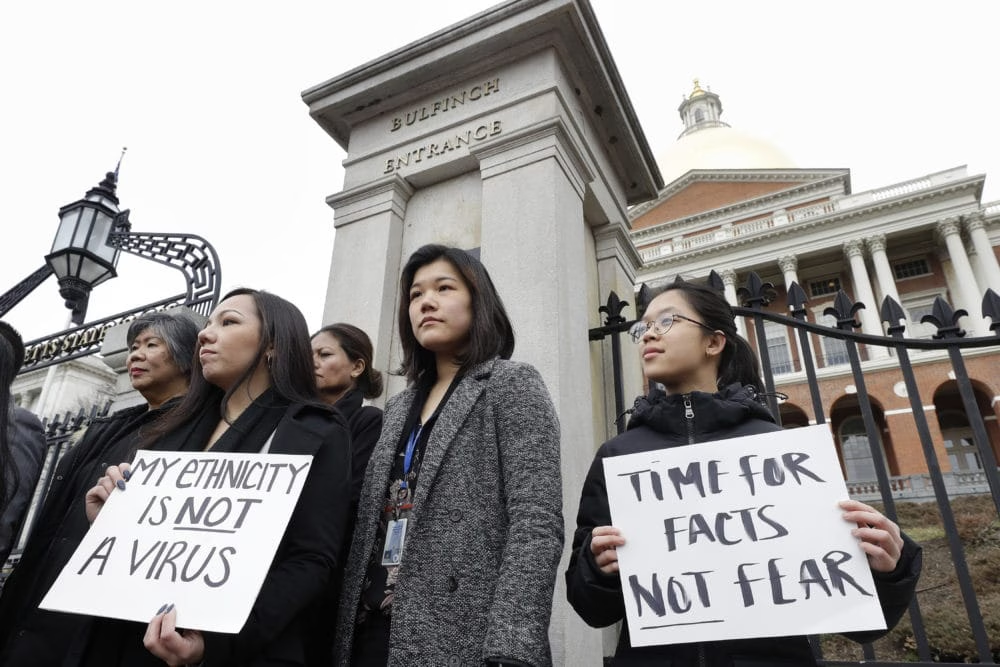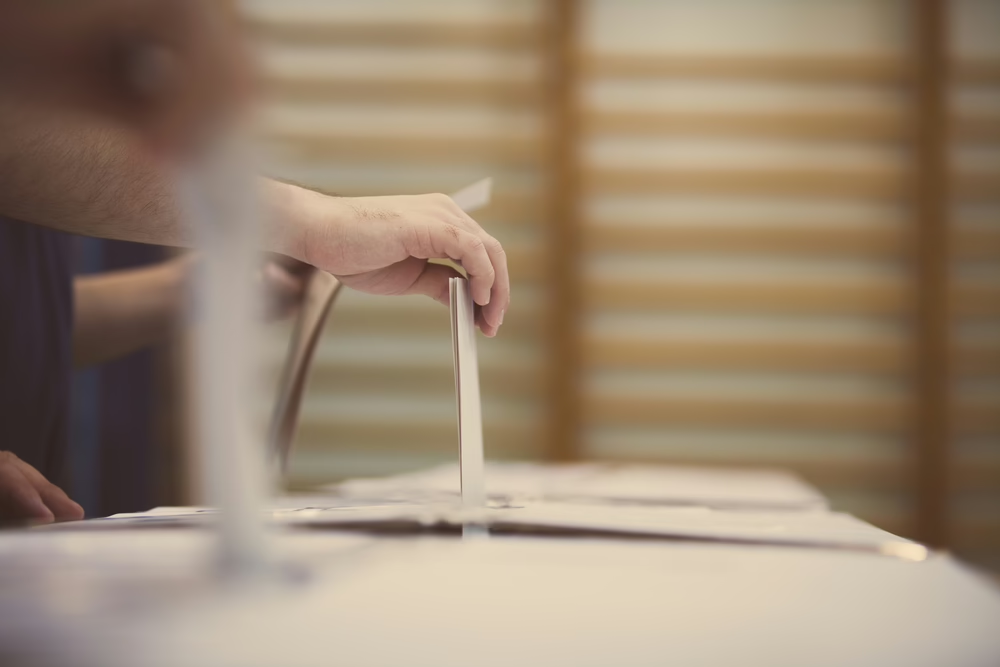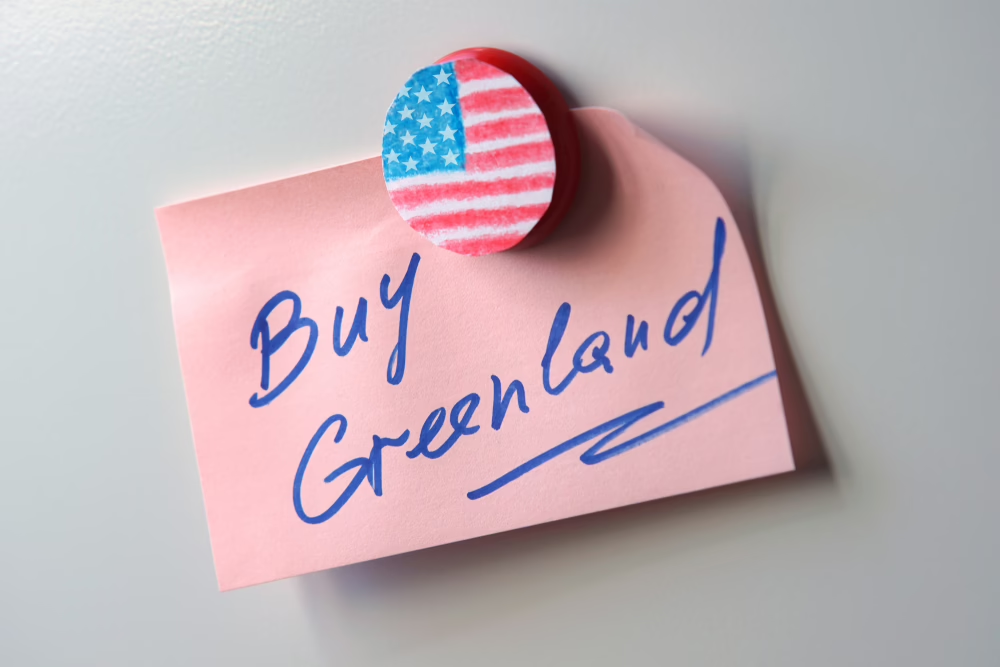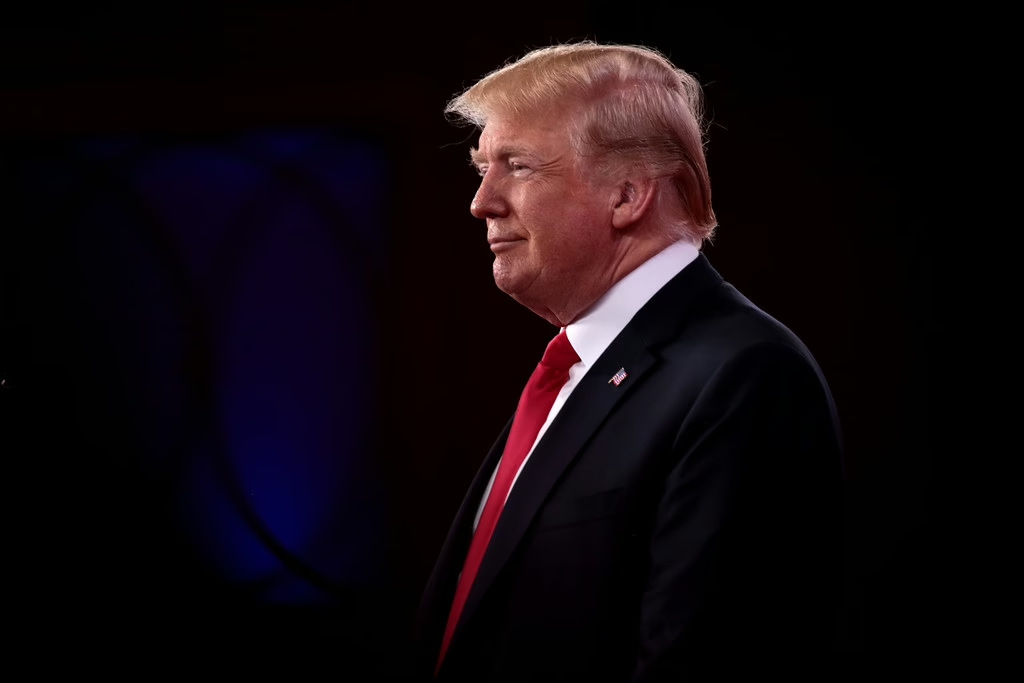Attacks on Asian Americans reportedly rise amidst the spread of the pandemic
In March, an FBI report warned that hate crimes against Asian Americans were likely to increase in the coming weeks and months because of COVID-19. The report stated that there had already been a spike of reported incidents across the country and noted several instances, including a March 14th stabbing of three members of an Asian American family. Among the victims of the stabbing were a 2-year-old and 6-year-old. And STOP AAPI Hate, an organization recently set up to record hate crimes against Asian Americans, received over one thousand reports of harassment, shunning, and assault in its first two weeks. It is possible that stay-at-home orders issued throughout much of the country may slow down these attacks, but the protection the orders offer is fleeting.
- Why are hate crimes against Asian Americans increasing? According to the FBI report, the perpetrator in the March 14th stabbing “indicated that he stabbed the family because he thought the family was Chinese, and infecting people with the coronavirus.” During a crisis, people often look for someone or something to blame. The story of a society looking for a scapegoat for whatever crisis has befallen it is an age-old phenomenon that has contributed to some of humanity’s darkest periods. It also is a recurring pattern during pandemics. For example, in the Middle Ages, European Jews were scapegoated for the Black Death and hundreds of Jewish communities were destroyed. In the United States, during a cholera outbreak in 1832, a group of Irish rail workers were blamed for the disease’s spread, ultimately being murdered and secretly buried. Today, in China, some people have been blaming Africans for the Coronavirus while the Hungarian President, Viktor Orban, has been laying the blame at the feet of Iranian immigrants. These trends are only part of the story, however. The Trump administration and some media networks have, in some ways, exacerbated the problem by emphasizing different names for the disease, including the “Chinese virus,” the “Foreign virus,” and the “Wuhan virus.” This has had the consequence, intended or not, of casting suspicion on Asian Americans and stoking xenophobic attitudes.
- What’s the problem with calling COVID-19 the “Chinese virus” or the “Wuhan virus”?Nothing, in a vacuum. From Ebola to MERS to Lyme disease, viruses are often named after their location of origin, and COVID-19 came from the Wuhan province of China. Furthermore, China obviously bears significant responsibility for the pandemic. This is just the beginning of the analysis, however, not the end. One must ask why the President and some media networks have labeled the virus the way they did. Are they objectively attaching a neutral name to the pandemic for the purposes of easy identification? Are they trying to focus our attention on the wet markets in China where the virus originated or on the fact that the Chinese regime silenced Dr. Li in the early days of the outbreak? Or are there other, more troubling, motivations in choosing these words to describe the virus? Context is key; actions which would otherwise be perfectly reasonable might, in context, be more worrisome. In this case, these are important questions to consider as hate crimes toward Asian Americans rise.

How different living situations contribute to a disparity in death rates between Americans
COVID-19 has been called “the great equalizer.” Whether you’re rich or poor, white or black, male or female, you can get infected and die. Indeed, we are all vulnerable to some extent. At the same time, it has become increasingly clear that some Americans are much more vulnerable than others. This is most striking when comparing two New York City neighborhoods: Park Slope in Brooklyn and East Elmhurst in Queens.The two neighborhoods are similarly dense, as a FiveThirtyEight article points out, “with roughly 32,000 and 31,000 people per square mile, respectively.” But in one Park Slope zip-code, 5.3 people per thousand have tested positive for COVID-19, which is less than 58% of the city average. Meanwhile, in one East Elmhurst zip code, 27.2 people per thousand have tested positive, which is 113% greater than the city average.
- What are the reasons for the vastly different infection rates?One major reason is the link between social class and social-distancing. East Elmhurst is majority poor with a median household income below $55K, while Park Slope is majority wealthy with a median household income above $120K. What does this have to do with social-distancing? Well, people in the blue-collar sector may have to continue to physically go out to work, whereas those in the white collar sector likely have the luxury of working from home. People with lower incomes also don’t have the same luxury of personal space and have to leave their apartments to get food, whereas wealthier families can order in. And differences in underlying health conditions play a significant role, with wealthier people not only having fewer underlying health conditions but also having better healthcare.
- What are the implications for American democracy?This crisis shines a light on endemic conditions such as poverty and lack of healthcare that have contributed to disproportionately high rates of infection in certain neighborhoods. Whether you live or die from this virus shouldn’t be influenced by your zip-code, but that is our reality now just as it was back in 1918 during the Spanish flu. Furthermore, by destroying wealth and employment, particularly among the middle and working classes, the pandemic has also undermined the American Dream—the notion that no matter your station in life, you can overcome your circumstances and prosper. It is a uniquely American story that you can arrive as an immigrant and become a billionaire like Elon Musk. Indeed, 1 in 3 U.S millionaires are foreign-born or first-generation Americans. But imagine the impact of COVID-19 on children growing up in East Elmhurst (on top of the problems already present in underserved communities): psychological trauma, the death of loved ones, and increased poverty and food insecurity. As we rebuild post COVID-19, we must make the American dream more accessible to these children and communities.

South Korea votes during a pandemic
While COVID-19 has disrupted elections worldwide, South Korea has successfully carried out its parliamentary election. It felt secure doing so, in part because of its early and effective response to the virus. South Korea’s Covid-19 mortality rate is a third of America’s and it has tested three times more people per capita. But they were also prepared for how to vote during a pandemic. In fact, the election is proceeding according to a plan made in 2013. Voters in South Korea are required to wear masks and gloves, and socially distance while in line. They must also pass a temperature check before entering polling places. If voters have a high temperature, they are directed to vote in a different area (which is then disinfected) before being sent for testing. Meanwhile, people in quarantine are able to vote by mail and South Korea set up early voting polling stations allowing for millions to vote before the official election date of April 15, further decreasing crowding.
- How has America conducted its elections during the pandemic? In contrast to South Korea, elections in the United States have been plagued by confusion. Many primaries have been postponed for months, and many states do not have the necessary laws or infrastructure to handle tens of millions of vote-by-mail ballots. Furthermore, what transpired in Wisconsin last week was nothing short of a debacle. From going back and forth between holding the elections, postponing the elections, and extending the deadline for absentee voting, there was no clarity for the public. At first, the governor said that he didn’t have the power to postpone the election; then as the infection rate grew, he tried to do just that only to be blocked by the court. In the end, thousands abandoned social distancing measures in order to vote. Many polling sites became inoperable as poll workers stayed home due to potential health concerns and because of the need to limit polling sites to larger venues. Milwaukee, for example, went from having 180 polling places to just five.
- What lessons can we learn from South Korea about how to run elections during a pandemic?With the presidential election on the horizon in the United States, states across the country should look into adopting (or adapting) South Korea’s policy of temperature checks at polling stations, making vote-by-mail more accessible, and perhaps even enlisting the national guard to help set-up and conduct Election Day. Indeed, everybody should be able to vote in a democracy, and should not have to worry about getting infected (or infecting someone else) when doing so.

Africa’s Green Belt Project and the hope for stability
The Sahara is the largest hot desert in the world, and it’s growing. As a result, countries bordering the Sahara are losing arable land and bodies of water to the expanding desert. To counter this phenomena, the African Union (AU) launched an initiative in 2007, called “The Great Green Wall” that planned for 11 countries bordering the Sahara to plant billions of trees to halt the advance of the desert. This would not only help the environment but create new jobs in developing nations.
Admittedly, progress has been slow. Only 15% of the overall target has been met since 2007. Countries like Burkina-Faso have been preoccupied with terrorism and civil unrest, which have forced them to invest resources in security that would have, in a more peaceful time, gone to reforestation. However, genuine progress has been made since the inception of the campaign. For example, Senegal has planted 12 million trees and Niger has recovered over 12 million acres from desertification.
- Why is the Green Belt Project important to democracy in Africa?Some of the countries threatened by desertification, including Mali, Niger, and Burkina-Faso, are classified as “partly free” by Freedom House. Meaning, these nations have democratic systems, but with levels of civil strife or corruption too high to have the full classification of “free.” If desertification continues unimpeded, many nations will struggle with a reduction of resources, disputes over land, and even an influx of refugees, all potentially exacerbating instability, authoritarianism, and other undemocratic forces. But the “Great Green Wall,” by producing employment and reversing damaging ecological trends, can help create the material prosperity and stability conducive for democracy to grow deeper roots. The project has already created employment opportunities for women, which lead to better development outcomes and more equal societies. And the reforestation already underway has prompted regional cooperation that can serve as a bulwark against divisive forces.This project represents a real opportunity to build a more robust civil society in the participating nations. And the way the project has been pursued to date, with over a hundred municipalities joining in the effort, is itself highly democratic in spirit.






